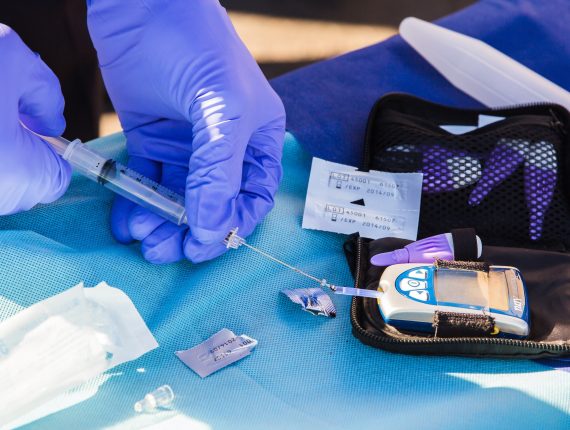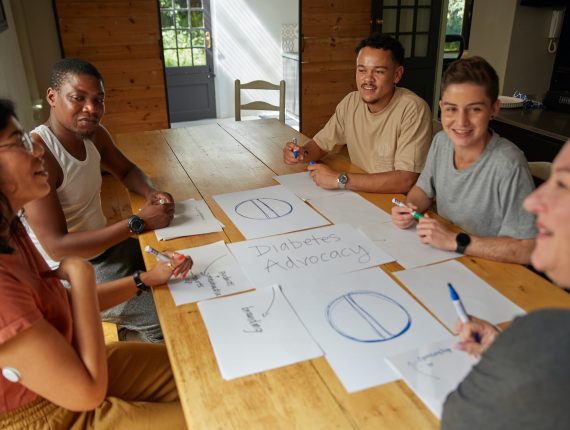A New Groundbreaking Study Reveals Real-Life Impact, Cost Savings, and Barriers Faced by Underserved Diabetes Patients in Safety-Net Clinics
The federal 340B Drug Pricing Program provides discounted drug prices to safety-net entities, enabling them to serve more vulnerable patients. This program has become indispensable with the escalating costs of medications, including high-cost injectable diabetes medication.
A new study published in INNOVATIONS in pharmacy is the first known of its kind to gather patient perspectives on the personal impact of the 340B Program and the program’s ability to meet its intended goals in the Community Health Center (CHC) setting. This study aims to understand the lived experiences of underserved patients prescribed high-cost injectable diabetes medication(s) who received those drugs through a 340B assistance program provided at a CHC.
Fast facts from the study:
- There was a 240% increase ($16.9 to $57.6 billion/year) in national spending on glucose-lowering medications from 2015 to 2017 compared to 2005 to 2007.
- There was a 200% price increase in insulin between 2008 and 2017, putting a significant financial strain on diabetes patients.
- Individuals with lower income and education levels are 2 to 4 times more likely to develop diabetes and struggle to maintain glycemic control.
How 340B Helps Diabetes Patients
The study conducted ten individual interviews. The majority of participants had type 2 diabetes (90%), and half were at 200% or below the federal poverty line. The participants’ interviews shed light on the invaluable perspective of diabetes patients benefiting from the care they receive at a Community Health Center participating in the 340B Program, underscoring 340B’s pivotal role in ensuring access to essential medications for vulnerable populations.
What the patients said:
One participant reported the price of their medication before 340B was unattainable, “One prescription was like $1,600 a month, and I couldn’t afford it. So I was to the point that I wouldn’t take any insulin.”
Another added, “I had to pay out-of-pocket probably around $50 for each flexpen or whatever, and then the other one was like $36 or something on top of that, so like $136… I have about $250 to live on.”
Highlighting the importance of the 340B Program to the healthcare safety net, one patient participant said the financial savings the patient received by being a patient at a CHC participating in the 340B program have helped improve their health by cutting back on emergency room visits.
90% of participants acknowledged having referred other vulnerable patients or being referred to a CHC.
When asked what 340B means to them, a participant answered, “I would say that my experience [with 340B] has been… life-changing… All I can say is that it made such a difference.” They went on to say, “There’s no downside for me. It’s a Godsend. You know, I appreciate it.”
Overall, participants deemed the 340B program a “lifesaver” and reported substantial financial relief, reduced stress, and improved health outcomes in their diabetes control.
Communities Need 340B
By providing discounted drug prices to not-for-profit healthcare entities, the 340B program addresses the economic barriers many patients face in accessing essential healthcare. The patient perspectives gathered in this study are a powerful testament to the program’s impact on individuals’ lives, highlighting the need to continue and strengthen initiatives supporting affordable healthcare for all.
Read the complete study to learn more about the benefits of the 340B Program.
Source:
Wagner, Ariela A., et al. “Community Health Center 340B Program: A Qualitative Study of the Experiences of Patients with Diabetes.” INNOVATIONS in pharmacy, 2023, Vol. 14, No. 3, Article 8.









